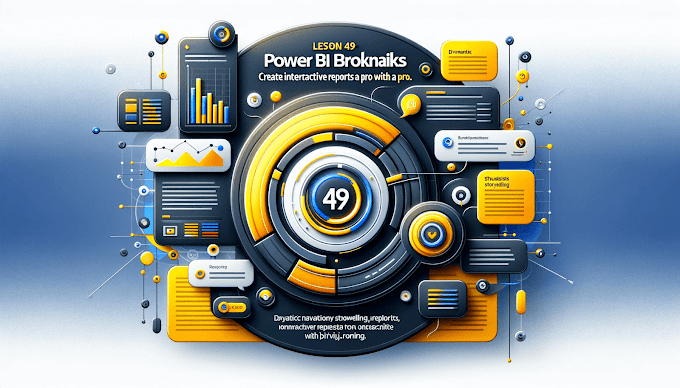Welcome back to Virvijay.com, your trusted resource for learning Power BI step by step! In the previous post, we covered the basics of Power BI and how to set it up. Now, it’s time to take the next step: data transformation and cleaning using Power Query.
Data is rarely perfect. It might have missing values, inconsistencies, or irrelevant information. That’s where Power Query, a built-in tool in Power BI, comes to the rescue. It allows you to clean, transform, and shape your data efficiently, so you can focus on creating meaningful reports.
What is Power Query?
Power Query is a data transformation and preparation engine in Power BI. It enables you to:
- Connect to a wide range of data sources.
- Clean and reshape data without modifying the original source.
- Automate repetitive data preparation tasks.
Think of it as your digital assistant for making messy data clean and analysis-ready.
Step 1: Accessing Power Query
To open Power Query in Power BI Desktop:
Go to the Home tab.
Click on Transform Data. This opens the Power Query Editor, a dedicated interface for data transformation.
Step 2: Understanding the Power Query Interface
Once inside the Power Query Editor, you’ll see several key components:
- Queries Pane: Lists all your data sources and their transformations.
- Data Preview: Shows a snapshot of your data after each transformation.
- Applied Steps Pane: Tracks the changes you’ve made to the data.
- Ribbon: Contains tools for transforming and cleaning data.
Spend a few minutes exploring these components to get familiar with the layout.
Step 3: Connecting and Transforming Data
Let’s walk through a common example: cleaning an Excel dataset with missing values and redundant columns.
1. Load Your Data
Click Home > Get Data > Excel Workbook.
Select your file, load it into Power Query, and preview the data.
2. Remove Unnecessary Columns
Identify columns you don’t need.
Select them and click Remove Columns on the ribbon.
3. Handle Missing Data
Locate cells with missing values.
Replace them with default values or remove the rows entirely using the Remove Rows or Replace Values options.
4. Rename Columns
Double-click a column header to give it a more meaningful name.
5. Change Data Types
Ensure each column has the correct data type (e.g., text, number, date). You can do this by clicking the small icon next to the column name.
6. Merge or Split Columns
Use the Merge Columns option to combine fields like first and last names.
Use the Split Columns option to divide data into multiple fields, such as extracting the year from a date.
Step 4: Saving and Applying Your Transformations
Once your data is clean:
- Click Close & Apply in the Power Query Editor.
- Power BI will apply the changes and load the clean data into your report view.
Tips for Effective Data Cleaning
- Document Your Steps: Power Query automatically records every transformation in the Applied Steps pane. You can revisit and edit any step if needed.
- Preview Changes: Use the Data Preview section to check your work as you go.
- Experiment Safely: Transformations in Power Query don’t alter your original data, so you can experiment freely.
What’s Next?
Now that you know how to clean and transform your data, you’re ready to start creating visualizations and building interactive reports in Power BI. In the next blog, we’ll cover how to create your first dashboard and use visualizations to tell compelling stories with your data.
Final Thoughts
Mastering data transformation is a crucial step in becoming a Power BI expert. By using Power Query effectively, you’ll save time, reduce errors, and ensure your reports are built on a solid foundation of clean data.
At Virvijay.com, we’re here to support you every step of the way. If you found this blog helpful, share it with your friends and colleagues, and don’t forget to subscribe for more tutorials.
Let’s make data work for you!
Write Us- Support@virvijay.com.

















